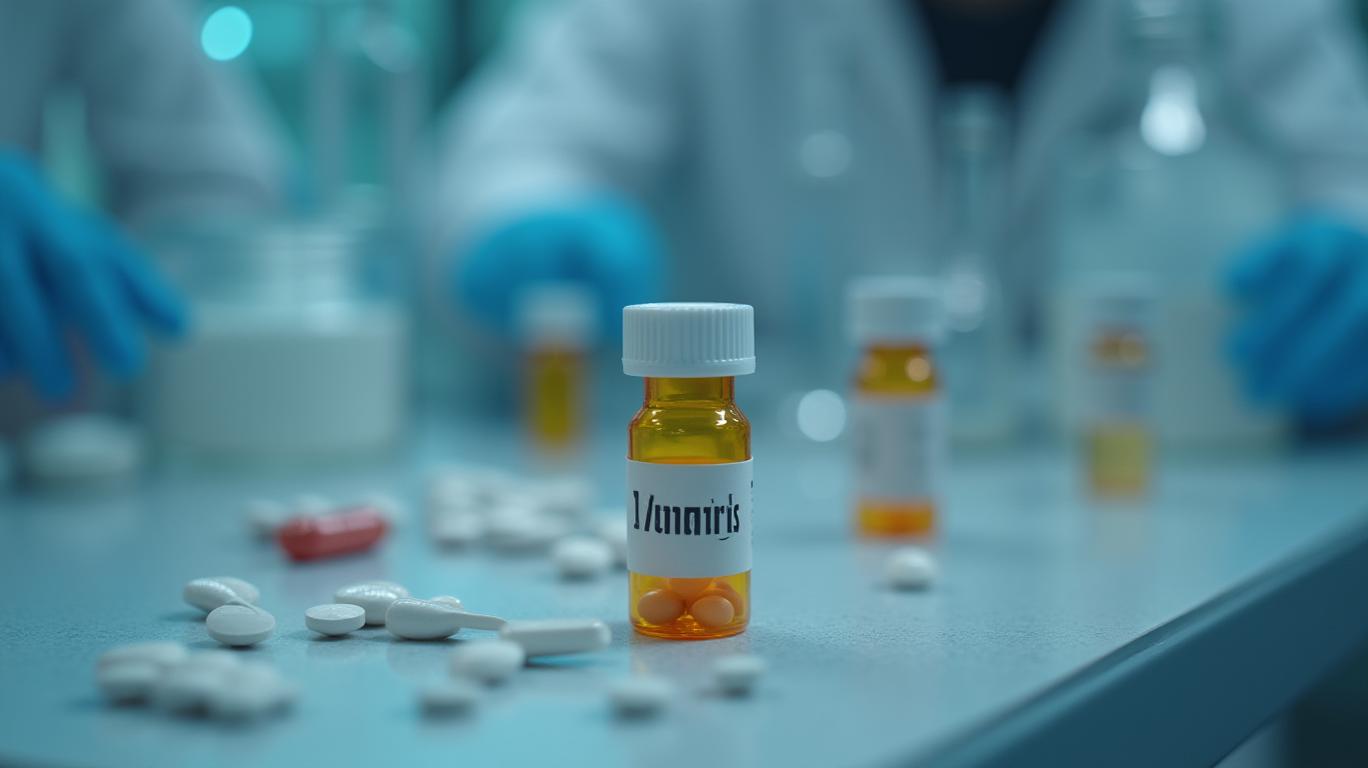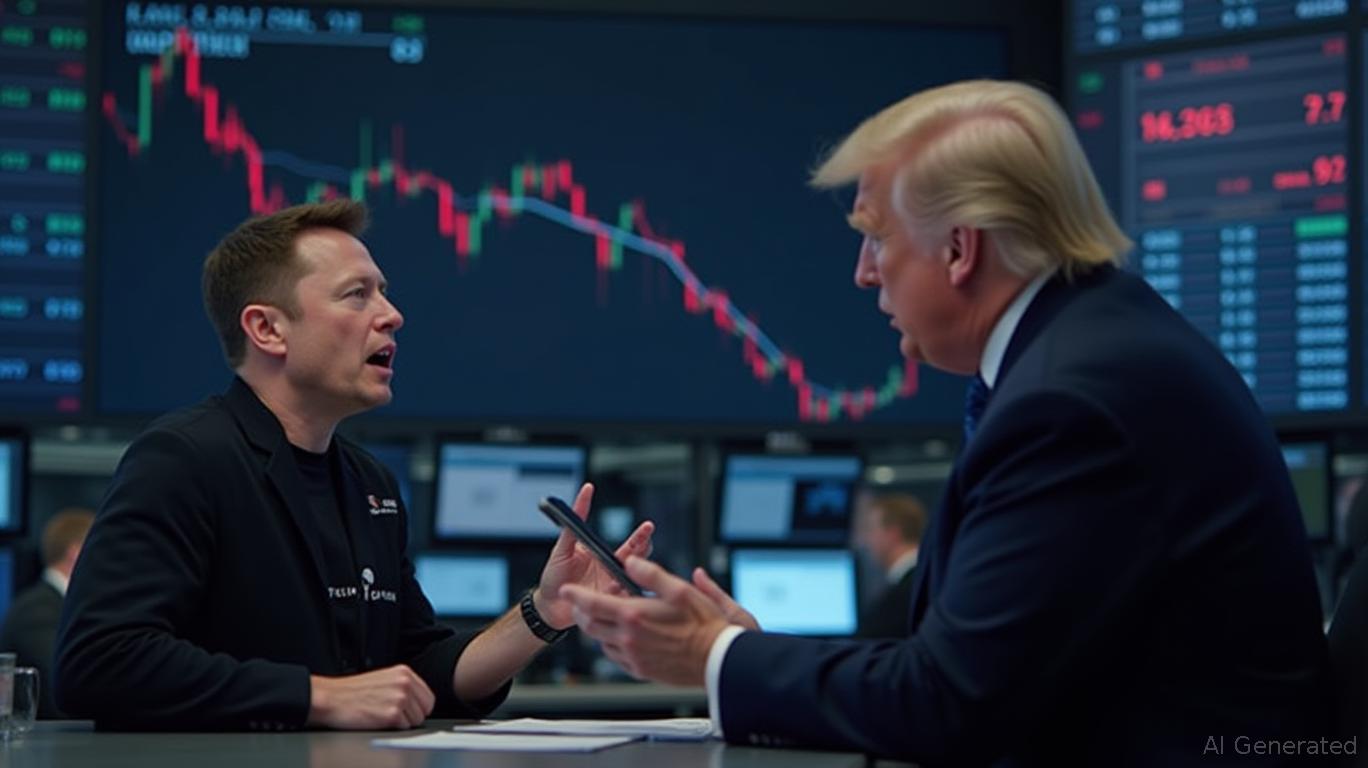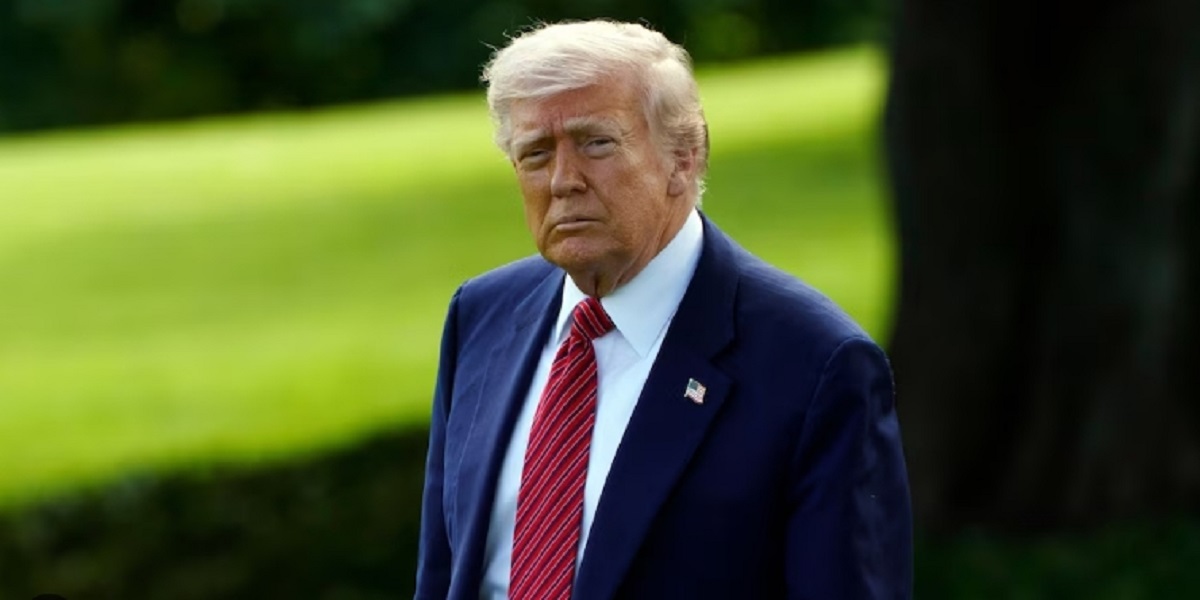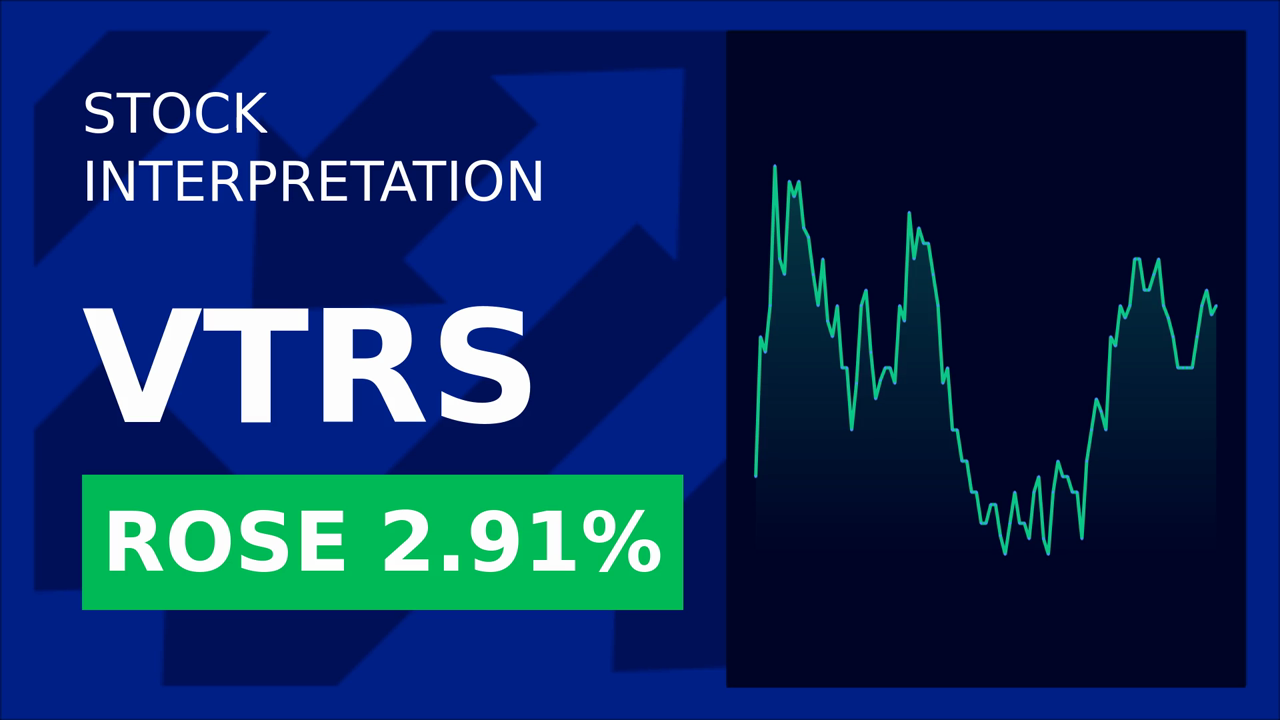Viatris Navigates Manufacturing Headwinds with Revised EPS Guidance Amid Revenue Challenges
Viatris Inc. (VRX) has posted a mixed first-quarter 2025 performance, with revenue declines exacerbated by regulatory setbacks at its Indore, India facility, while reaffirming a modestly upgraded 2025 adjusted EPS outlook. The results highlight the pharmaceutical company’s balancing act between operational hurdles and strategic priorities like shareholder returns and new product development.
The $3.3 billion in Q1 2025 revenue, down 11% year-over-year on a reported basis, reflects the lingering impact of the FDA’s import alert on its Indore facility, which cost the company $140 million in lost revenue. Excluding this “Indore Impact,” revenue would have grown 2% on an operational basis, suggesting underlying stability in its core business. However, adjusted EBITDA fell 12% to $923.5 million, underscoring margin pressures tied to the facility’s shutdown and broader cost dynamics.
Ask Aime: What impact does the FDA import alert on Viatris' Indore facility have on their revenue and operational stability?
Adjusted EPS dropped 14% to $0.50, a steeper decline than the revenue figure, as higher R&D spending and restructuring costs took their toll. Notably, a $2.9 billion non-cash goodwill impairment charge—driven by geopolitical and economic uncertainty—pushed the U.S. GAAP net loss to $3.0 billion. Yet, management emphasized that adjusted metrics remain the focus, with capital returns and operational discipline prioritized.

The Indore Facility Crisis: A Key Turning Point
The FDA’s April 2024 warning letter and subsequent import alert for the Indore facility—cited for data integrity issues—has been a central drag on Viatris’s performance. The Q1 results mark the third consecutive quarter of revenue losses tied to this issue, with the company estimating a full-year 2025 impact of $500 million to $600 million.
While management has pledged to resolve the FDA issues by year-end, progress remains uncertain. The facility, a major hub for generic drug production, accounts for roughly 15% of Viatris’s global output. Until the import alert is lifted, the company must rely on alternative manufacturing sites, adding logistical and cost pressures.
Revised 2025 EPS Guidance: A Glimmer of Optimism
Despite these challenges, Viatris raised its 2025 adjusted EPS midpoint to $2.23 (from $2.19 previously), reflecting share buybacks and minor adjustments to R&D expenses. The updated range of $2.16 to $2.30 assumes:
- $500 million to $650 million in further share repurchases, building on $300 million already executed in 2025.
- A $0.05 EPS boost from buybacks, offsetting a $0.01 drag from acquired in-process R&D (IPR&D) costs.
Ask Aime: "Viatris' mixed first-quarter 2025 and revenue decline impact"
However, the guidance excludes potential risks like tariffs or divestiture-related taxes, which could further strain results. Management also highlighted $1.8 billion to $2.2 billion in free cash flow for 2025, a key metric for sustaining shareholder returns.
Capital Returns and Pipeline Progress
Viatris’s emphasis on returning capital to shareholders remains intact. Year-to-date, it has returned $443 million via dividends and buybacks, with plans to accelerate purchases if stock prices remain depressed. This focus aligns with its strategy to offset near-term headwinds with long-term growth drivers, such as its expanding pipeline.
Recent positive Phase 3 data for three products—including the contraceptive patch Xulane LO™ and the acute pain treatment MR-107A-02—suggests potential revenue catalysts in 2026 and beyond. However, these gains are not yet reflected in 2025 guidance, which remains conservative.
Risks and Considerations
- Regulatory Uncertainty: The FDA’s timeline for Indore’s reinstatement is unclear, and further penalties could arise.
- Geopolitical Risks: Tariffs or trade restrictions, particularly in key markets like the U.S. and India, could disrupt supply chains.
- Margin Pressures: The 12% adjusted EBITDA decline underscores the need for cost discipline as revenue growth stalls.
Conclusion: A Hold with Upside Potential
Viatris’s revised EPS guidance signals cautious optimism, but investors must weigh near-term risks against long-term opportunities. The stock, trading at a 12.3x forward P/E ratio (versus peers at 14x-16x), reflects this uncertainty. While the Indore resolution and pipeline progress could drive a rebound, the path to sustained growth hinges on operational fixes and regulatory clarity.
For now, Viatris appears to be stabilizing its financials through disciplined capital management, but the stock’s value lies in its ability to resolve its manufacturing crisis. Until then, a hold rating with a watchlist position seems prudent, pending clearer visibility on FDA outcomes and free cash flow execution.










